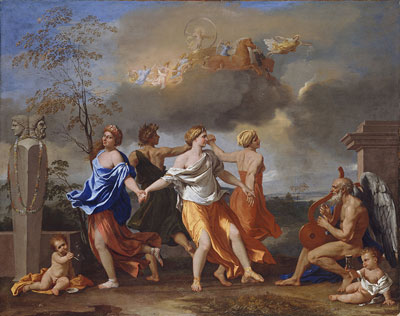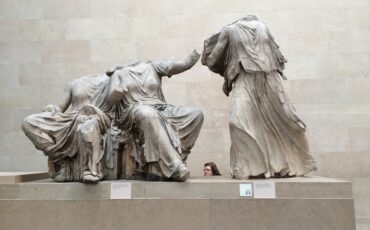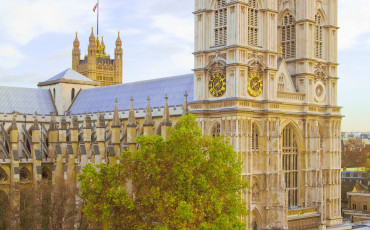The Great Gallery, one of the finest collections of Old Master paintings in the world, is reopening on 19 September with a new hang following its two-year refurbishment.
The reopening has provided an opportunity to reconsider the hang and showcase the cultural dialogue that was occuring between the major centres of seventheeth-century artistic creativity – Italy, Spain, the Netherlands and France. Exhibiting artists from these great national schools side-by-side makes the Great Gallery hang unique for an art gallery, reveals the museum’s orgins as a private collection, and offers the viewer a rewarding and immersive experience.
Key to the extensive refurbishment is the reconfiguration of the gallery’s ceiling, which will now feature a large central lay light, replacing the most recent 1970s design and reflecting the ceiling in the time of Sir Richard Wallace. This will allow the space to be filled with daylight, which will be carefully controlled to ensuer a safe environment for the works of art and provide the best modern viewing conditions, assisted by an advanced new lighting scheme.
Other changes will see all internal decorations and gilding refreshed, the replacement of the old wall fabric with a vibrant, crimson silk damask and the installation of decorative wainscot paneling.
 Nicolas Poussin, A Dance to the Music of Time, c.1634 – c.1636. Photo: ©The Wallace Collection.
Nicolas Poussin, A Dance to the Music of Time, c.1634 – c.1636. Photo: ©The Wallace Collection.
END
Would you like to explore London and beyond with a highly qualified and enthusiastic Blue Badge Tourist Guide? Use our Guide Match service to find the perfect one for you!







Leave a Reply